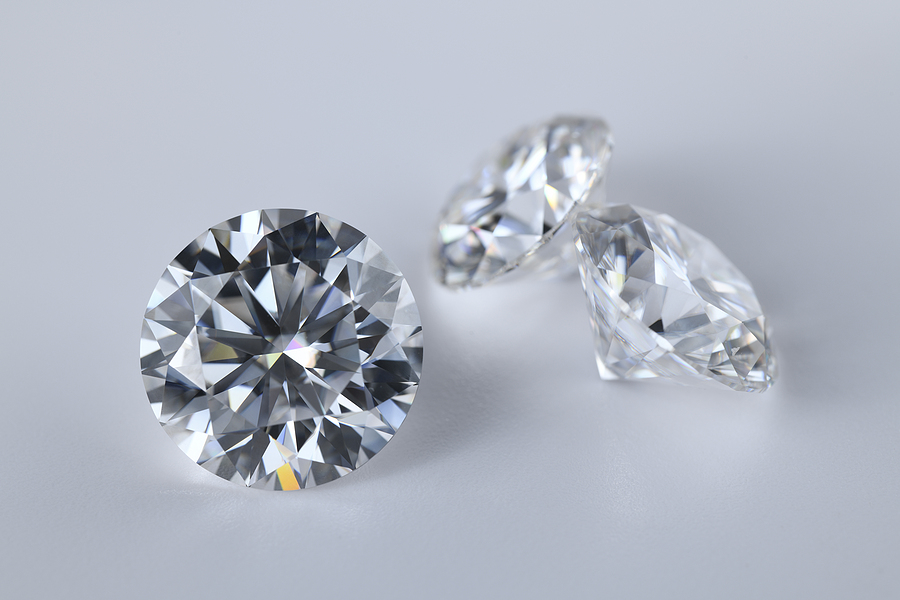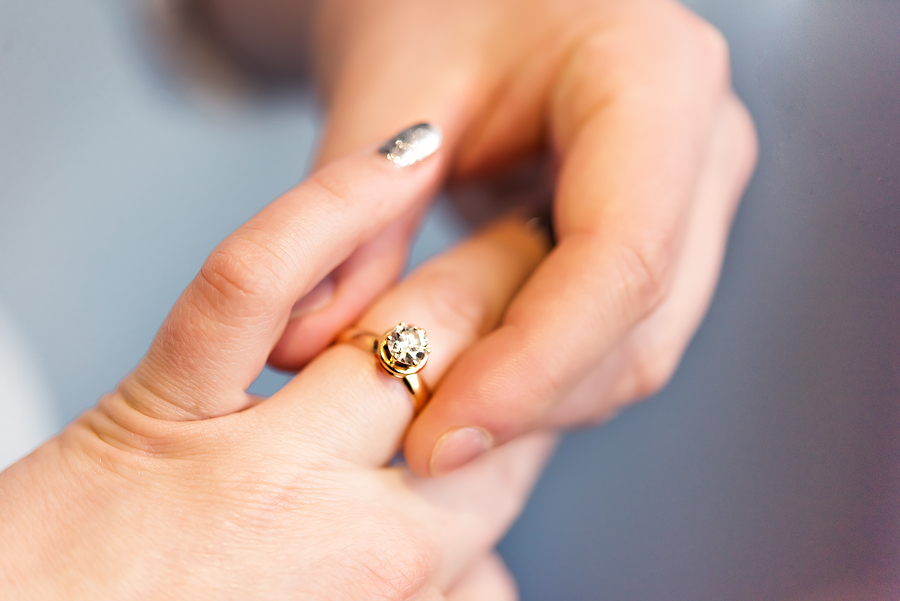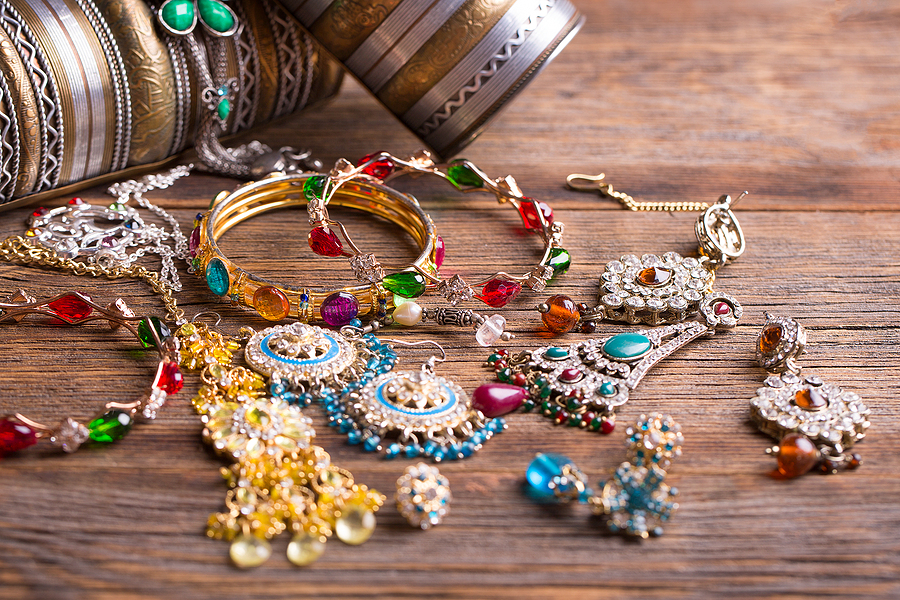The words “ethical” and “eco-friendly” often appear on everyday items: food-grade containers, fashion articles, luggage, etc. But do you know that these also apply to engagement rings?
It’s understandable if this seems news to you: jewelry is probably the last thing you expect to be good for the environment. After all, its materials have to be mined, and mining’s effect on the environment is a subject of heated debate. Supply is another issue; for instance, some of Earth’s largest-producing diamond mines only have a few years’ worth of mineable reserves left.
In light of these issues and the bleak picture they paint, the industry has been busy creating new sources of materials. Believe it or not, some of today’s engagement rings in the market may just be made out of them. Whether or not they’re natural, it allows jewelry as a whole to do its part in protecting the environment.
Lab-Grown Diamonds
First, it’s important to address the elephant in the room: diamonds aren’t as rare as you think. In 2018, a study found that the Earth still contains an estimated one quadrillion tons of diamonds. That would’ve made plenty of engagement rings if not for the fact that the deposit lies between 90 and 150 miles deep, well beyond the reach of today’s machinery. (1)
By comparison, Botswana’s Jwaneng diamond mine is just two-fifths of a mile at its deepest. Also, if you know how the Earth’s interior works, it gets hotter the deeper you go.
Given this fact and the waning reserves mentioned earlier, the industry has looked to lab grown diamonds. Replicating the diamond-making process in a more controlled environment results in diamonds with the same makeup as mined ones. The naked eye probably can’t discern one from the other, though lab-grown ones are usually inscribed “LG” at the base. (2)
Making lab-grown diamonds doesn’t come cheap, at least until recently. In 2017, they were on average 23% more expensive than natural ones; but in 2021, their prices have dropped by half. Technological growth will make the necessary equipment to make these diamonds cheaper. (3)
Before you start searching for an engagement ring with a lab-grown diamond, you should know one critical downside. These synthetic stones don’t have much in the way of resale value. If you ever try to sell such a ring, don’t expect to earn more than USD$ 50.00. (3)
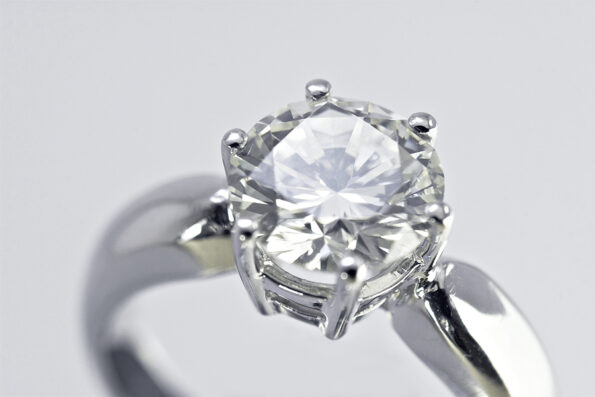
Recycled Metals
Gold and platinum are some of the most common metals used in making jewelry, at least their bands. But at just four and five parts per billion, respectively, they’re also some of the rarest on Earth. Like diamonds, they have plenty more untapped reserves that are too deep to extract with today’s technology. (4)
Fortunately, these metals enjoy one key advantage: you can melt and mold them into stuff over and over. While most engagement rings still use fresh metals, recycled ones make up a sizeable portion of their composition. Some makers even create jewelry from 100% recycled metal.
For example, 18K rose gold engagement rings consist of 75% gold and 25% copper, two metals relatively high above the recyclability list. The reclamation process involves separating the base metals from the alloys and remolding them into workable materials. With these available, the need for fresh batches from the mines decreases.
You might not notice it, but the jewelry you’re wearing now may be partially made from recycled metal. According to a report by the World Gold Council, recycled gold accounted for almost 30% of the world’s gold supply in 2020, 90% of which comes from discarded jewelry. (5)
Meanwhile, according to the Copper Development Association, recycled copper contains just as much metal as mined ore. Recycled copper also accounts for 72% of the overall copper used by various industries.
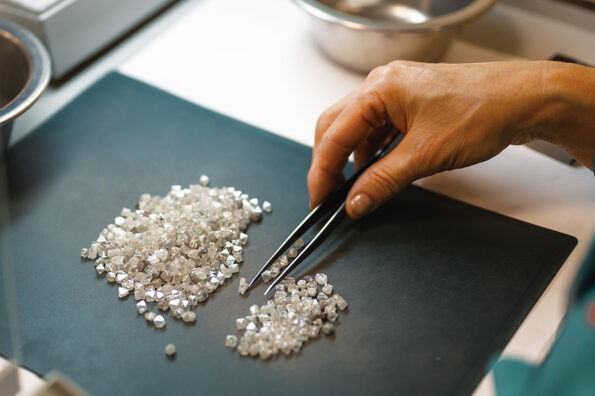
Manual sorting of diamonds. A hand with tweezers transfers diamonds from one pile to another.
No Stones, Just Tech
Despite the eco-friendly trends discussed above, some people prefer to stay away from mining products altogether. In this case, jewelry makers will have to get really creative in their work.
One engagement ring uses technology to create a unique effect: lighting up whenever the couple holds hands. In place of diamonds, the ring features some LED lights controlled by a magnetic device. While the tech is somewhat complicated, LED lights are less expensive than diamonds.
Conclusion
There’s still a lot to be said about these ethical and eco-friendly trends. But one thing’s for sure: they’re already up for grabs in your preferred jewelry store, physical or online. These trends are just the beginning of a movement that’ll make buying engagement rings have a reduced impact on the environment.
Image Source: BigStockPhoto.com (Licensed)
Sources:
- “A quadrillion tons of diamonds lie deep beneath the Earth’s surface,” https://edition.cnn.com/style/article/diamonds-under-earth-surface-trnd-style/index.html
- “Are laboratory-grown diamonds the more ethical choice to say ‘I do’?” https://www.theguardian.com/lifeandstyle/2020/mar/10/diamonds-lab-grown-climate-change
- “Lab-Created Diamonds: Prices & Value,” https://www.diamonds.pro/education/lab-created-diamonds-prices-value/
- “How Rare are Precious Metals?” https://www.royalmint.com/invest/discover/gold-news/how-rare-are-precious-metals/
- “Does Recycled Gold Herald a Greener Future for Jewelry?” https://www.nytimes.com/2021/04/23/fashion/jewelry-recycled-gold.html



